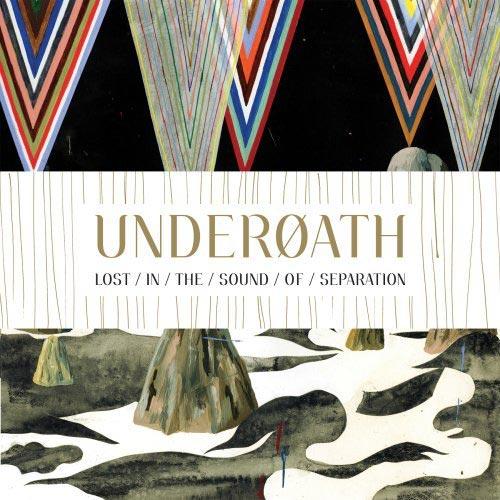The Silk of Sericulture
The Silk of Sericulture is a natural protein fiber produced by silkworms. It has a unique texture and appearance, and is widely used in clothing, accessories, and other textile products. The silk industry has a long history, dating back to ancient times, and has played a significant role in the development of human civilization. Today, the silk industry continues to thrive, providing jobs and income for millions of people worldwide.
Sericulture, also known as silkworm breeding, is a process that involves the breeding of silkworms to produce silk. The silk obtained from these worms is known as “桑蚕丝”, which is one of the most popular and expensive natural fibers in the world. In this article, we will explore the silk of sericulture, its history, process, and impact on the global economy.
History of Sericulture:

The history of sericulture can be traced back to around 4000 years ago, when Chinese people first began to breed silkworms and extract silk from their cocoons. Over time, the practice of sericulture spread to other countries in Asia, Europe, and even Africa. Today, China remains the world’s largest producer of silk, accounting for over 70% of global silk production.
Process of Sericulture:
Sericulture involves several key steps. Firstly, a female silkworm lays eggs on a surface such as a bedsheet or a piece of paper. These eggs are then incubated in a controlled environment until the larvae hatch out. The larvae are then fed on mulberry leaves, which are their primary food source. After about a month, the larvae begin to spin their cocoons, which are made up of silk fibers. The cocoons are then harvested and boiled in water to remove the silk fibers. These fibers are then processed further to produce the final product – silk.

Impact of Sericulture on the Global Economy:
The global silk industry is a multi-billion-dollar industry that employs millions of people worldwide. It is not just about the production of silk; it also encompasses the trade, marketing, and processing of silk fibers. The industry has significant implications for global trade and employment. For example, China exports large quantities of silk to countries such as Japan, Korea, and Europe, generating significant foreign exchange earnings for the country.
Moreover, sericulture also has significant cultural value. Silk has been associated with luxury and status for centuries, and it remains a highly prized commodity today. The beauty and uniqueness of silk fabrics have made them a staple in fashion, interior design, and many other industries.

However, sericulture also faces challenges. The industry is highly labor-intensive, and the process of breeding silkworms and processing silk fibers can be challenging and expensive. Additionally, there are concerns about the sustainability of the industry. The breeding of silkworms requires large quantities of mulberry leaves, which are often sourced from deforested areas or cultivated on large scales, leading to environmental degradation.
In conclusion, sericulture continues to play a crucial role in the global economy and culture. However, it is essential to address the challenges it faces to ensure its sustainable development and future growth. By understanding the history, process, and impact of sericulture on the global economy, we can take steps to protect and promote this important industry for years to come.
Articles related to the knowledge points of this article:
Goose-Down Jackets: The Ultimate Winter Outfit
Title: Mastering the Art of Business Tie Knots: A Comprehensive Guide



